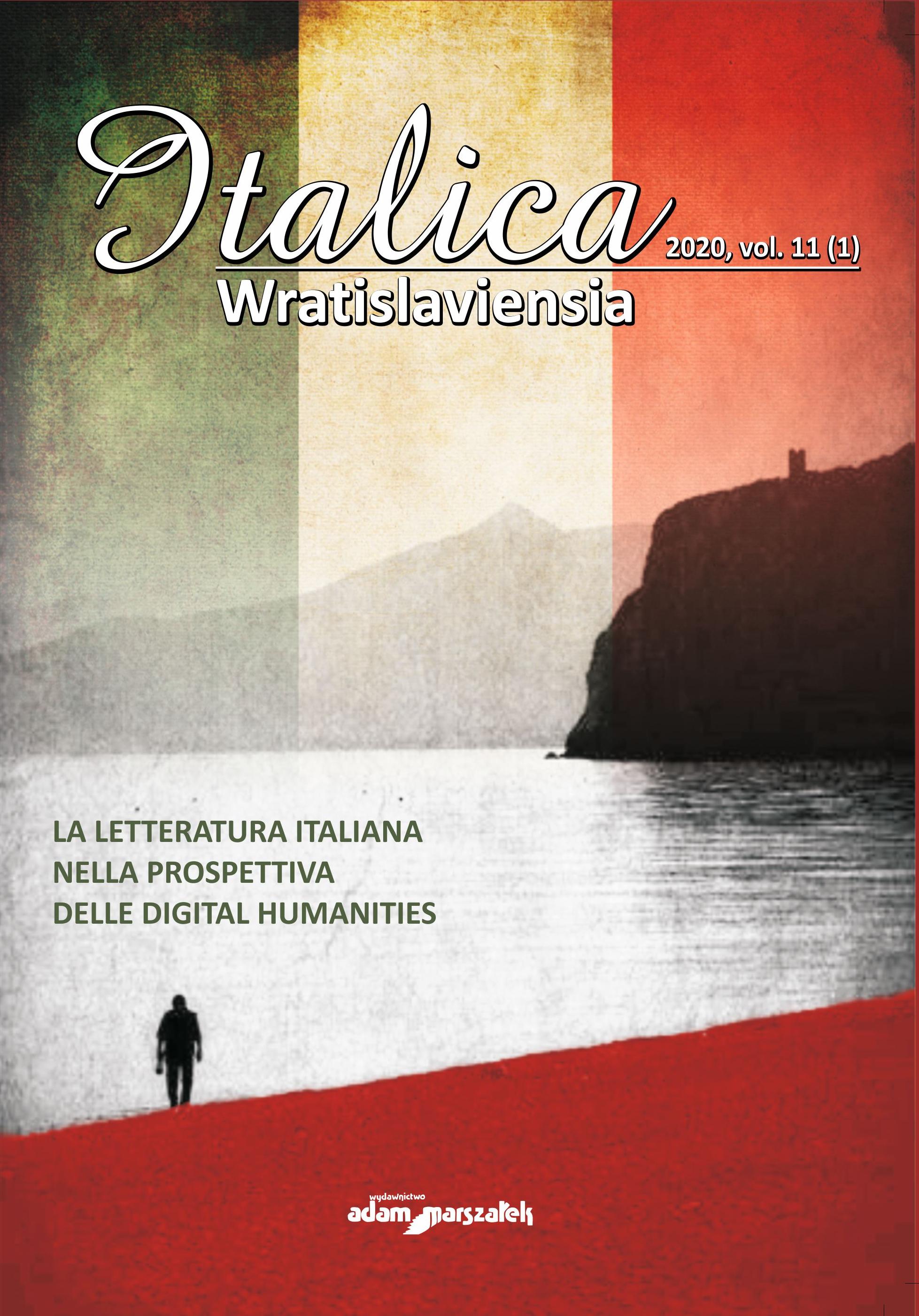Da Internet alla galleria d’arte, ovvero gli esperimenti traduttivi con gli "emoji"
From the Internet to the Art Gallery: Or, on Experiments with Emojis in Translation
Author(s): Katarzyna Majdzik PapićSubject(s): Language and Literature Studies, Translation Studies
Published by: Wydawnictwo Adam Marszałek
Keywords: emoji; emojitaliano; experimental translation; digital translation; remix culture
Summary/Abstract: The article presents various forms of intersemiotic and intrasemiotic translations which use emoji signs, i.e. iconic characters employed in digital communication by users of popular Internet applications and platforms (e.g. Twitter, Facebook and Messenger). The use of emojis is becoming more and more widespread, as evidenced by the increasing number of text messages and works of art which consist exclusively of these characters. At the same time, attempts are being made to translate more extensive verbal texts (including literary works) into the nonverbal system of emojis. One of the feats such efforts have so far accomplished is an experimental translation of Carlo Collodi’s Pinocchio (La storia di un burattino), a classic of children’s literature, from Italian to emojitaliano (a system codified by the participants of the experiment), which was developed on Twitter and appeared in print in 2017. Emoji-based works of art have also found their way to art galleries. The Garden of Emoji Delights, a triptych by Carla Gannis, is a conspicuous example of intrasemiotic translation (from a non-verbal code to another non-verbal code) involving Hieronymus Bosch’s celebrated painting. Such applications of emoji are associated with paradigmatic changes in the humanities, which are related to the digital, iconic and performative turns and to today’s remix culture (Lawrence Lessig, Lev Manovich).The article presents various forms of intersemiotic and intrasemiotic translations which use emoji signs, i.e. iconic characters employed in digital communication by users of popular Internet applications and platforms (e.g. Twitter, Facebook and Messenger). The use of emojis is becoming more and more widespread, as evidenced by the increasing number of text messages and works of art which consist exclusively of these characters. At the same time, attempts are being made to translate more extensive verbal texts (including literary works) into the nonverbal system of emojis. One of the feats such efforts have so far accomplished is an experimental translation of Carlo Collodi’s "Pinocchio" ("La storia di un burattino"), a classic of children’s literature, from Italian to emojitaliano (a system codified by the participants of the experiment), which was developed on Twitter and appeared in print in 2017. Emoji-based works of art have also found their way to art galleries. "The Garden of Emoji Delights", a triptych by Carla Gannis, is a conspicuous example of intrasemiotic translation (from a non-verbal code to another non-verbal code) involving Hieronymus Bosch’s celebrated painting. Such applications of emoji are associated with paradigmatic changes in the humanities, which are related to the digital, iconic and performative turns and to today’s remix culture (Lawrence Lessig, Lev Manovich).
Journal: Italica Wratislaviensia
- Issue Year: 11/2020
- Issue No: 1
- Page Range: 169-190
- Page Count: 22
- Language: Italian

